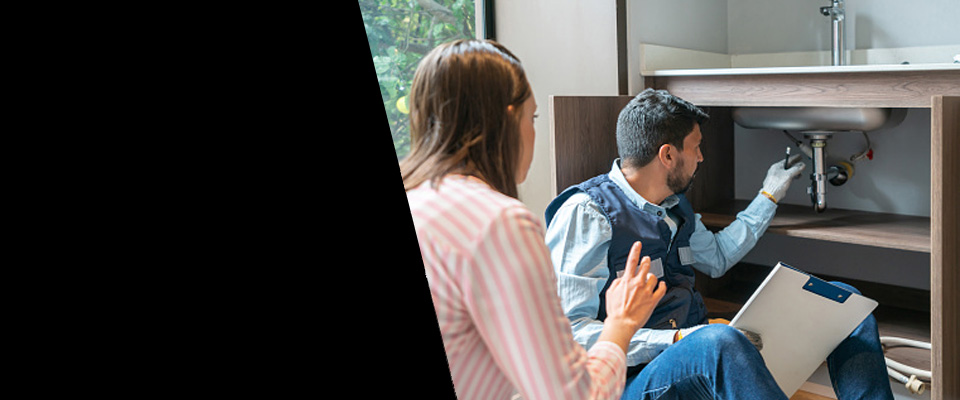Sewer Backups Plumbing Services in Byron Center, MI
Byron Center Sewer Backups Company available now in Kent County
Sewer Backups offers a critical plumbing service resolving wastewater overflow caused by blockages, pipe damage, or system overload. The service involves removing blockages, inspecting with cameras, and repairing or replacing damaged sections of the sewer line. Prompt attention prevents property damage, environmental contamination, and health risks associated with sewage exposure
We provide excellent Plumbing services throughout Kent County. Whether you need help with Sewer Backups or other issues, our Team is ready.
Plumbing Services in Byron Center, MI
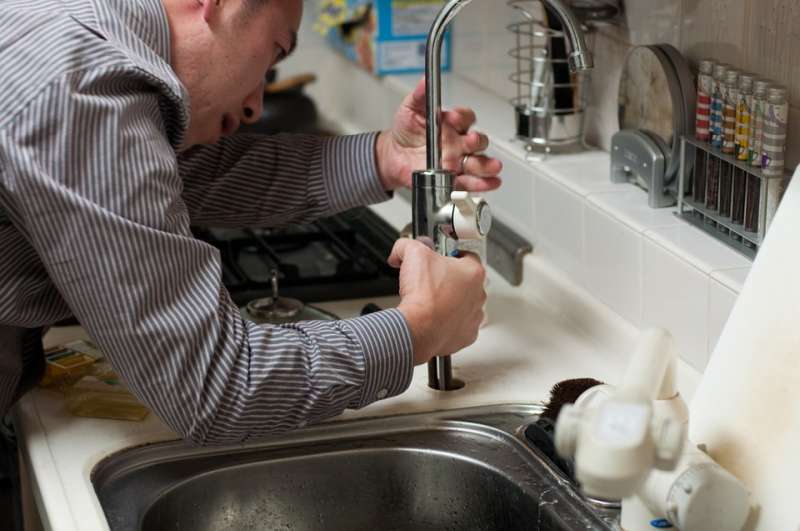
Appliances
Setting up dishwashing machines, water heaters (tank and tankless), garbage disposals, and cleaning machines.
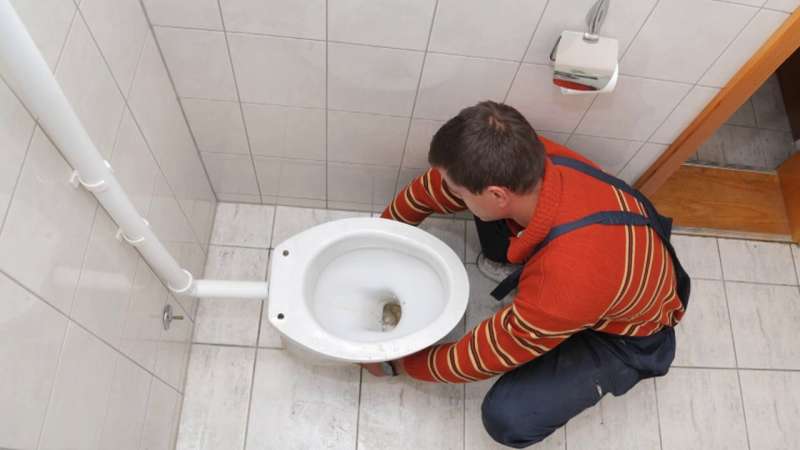
Backflow Testing and Prevention
Making sure backflow avoidance devices are working correctly.
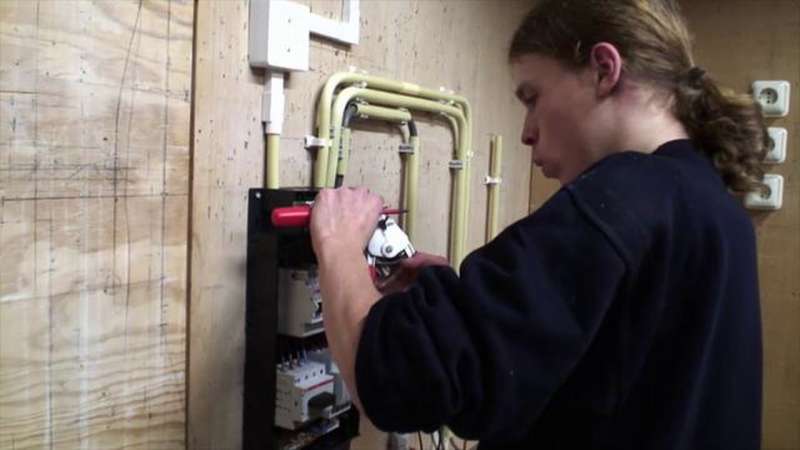
Bathroom and Kitchen Remodeling
Relocating or upgrading plumbing systems.
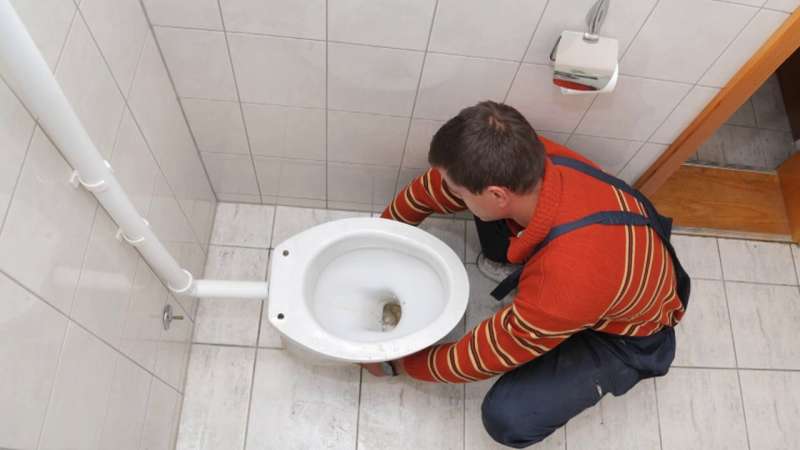
Building Code Compliance
Making sure plumbing systems fulfill local regulations.
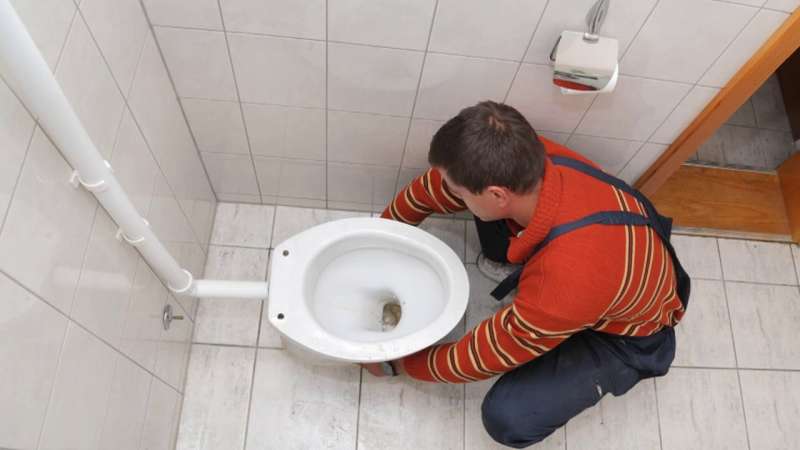
Burst Pipes
Immediate response to prevent flooding and water damage.
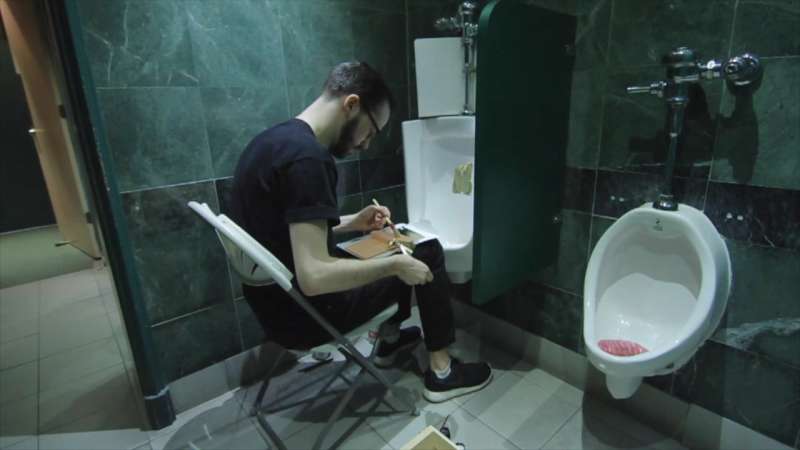
Clogged Drains
Clearing obstructions in sinks, toilets, showers, and sewage system lines.
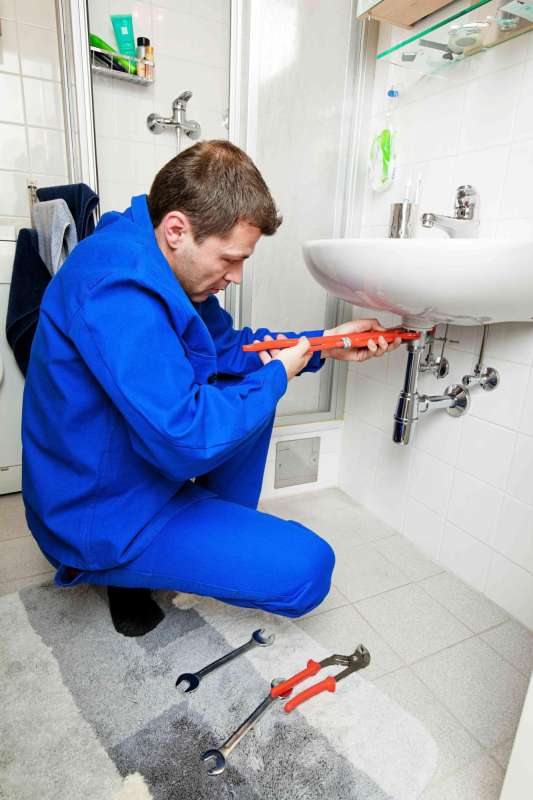
Drain Cleaning
Routine cleansing to prevent blockages and keep flow.
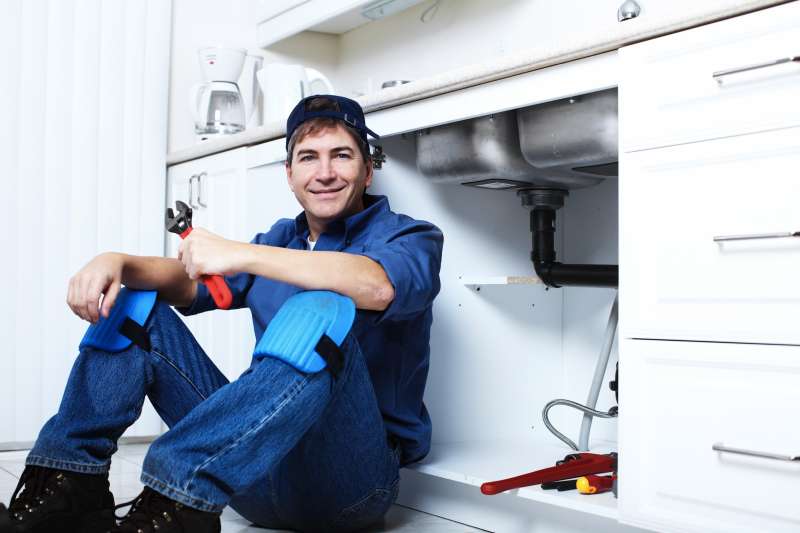
Fixture Repairs
Fixing malfunctioning faucets, toilets, and other fixtures.
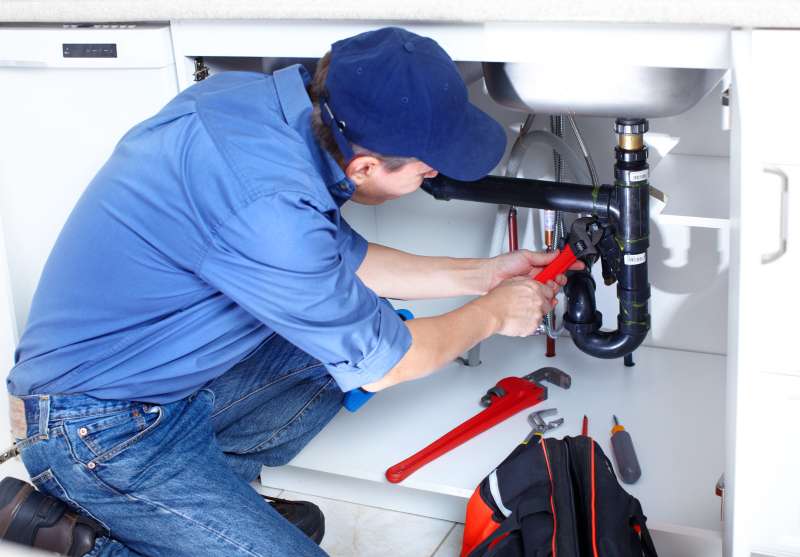
Fixtures
Installation of sinks, faucets, toilets, tubs, and showers.

Gas Leaks
Emergency detection and repair work to prevent dangers.
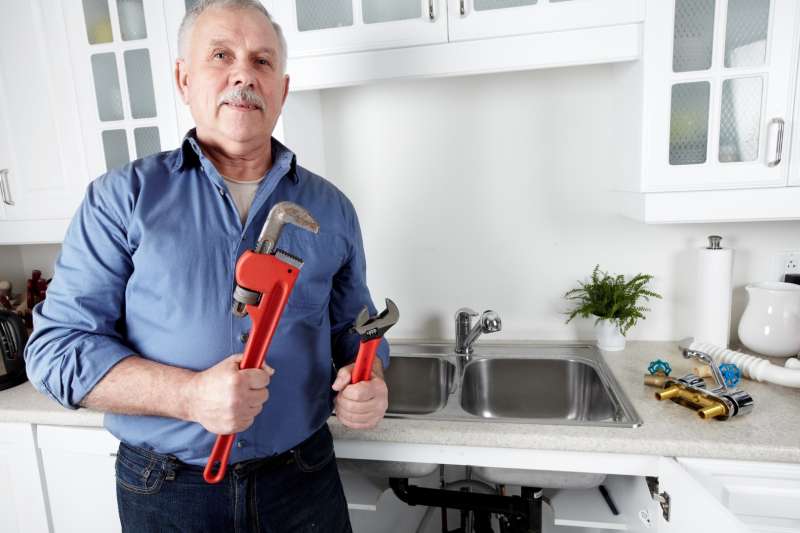
Gas Line Repairs
Fixing gas leakages and guaranteeing correct gas line operating.
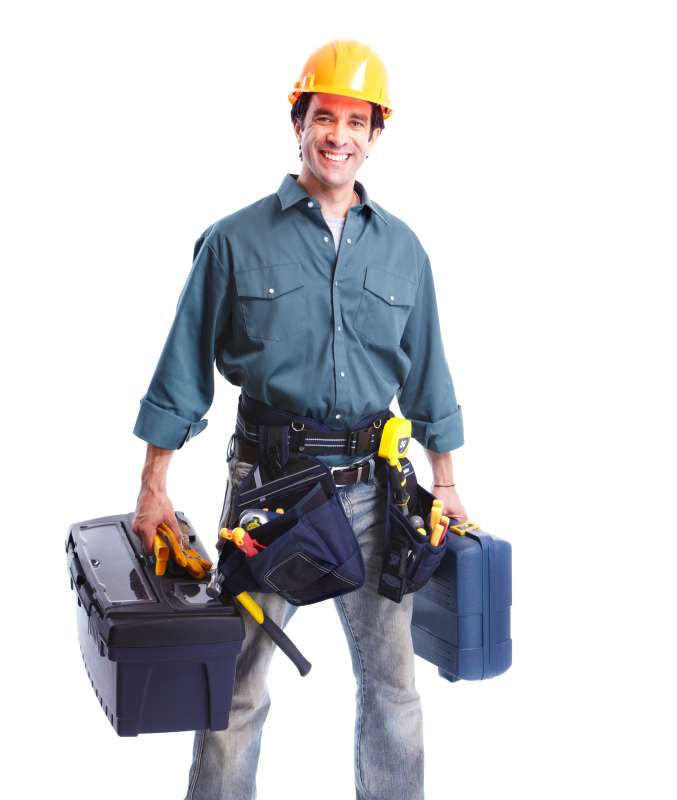
Greywater Recycling Systems
Setting up systems for recycling household wastewater.
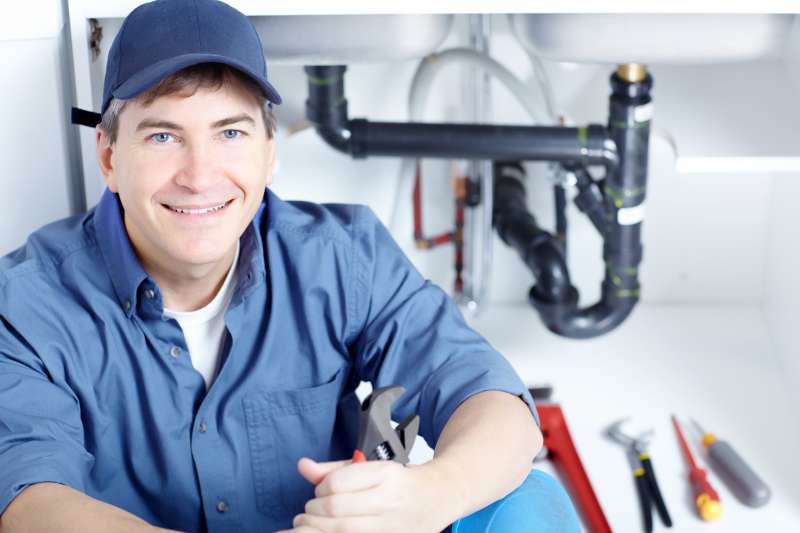
Hydronic Heating
Setting up and maintaining glowing flooring heater.
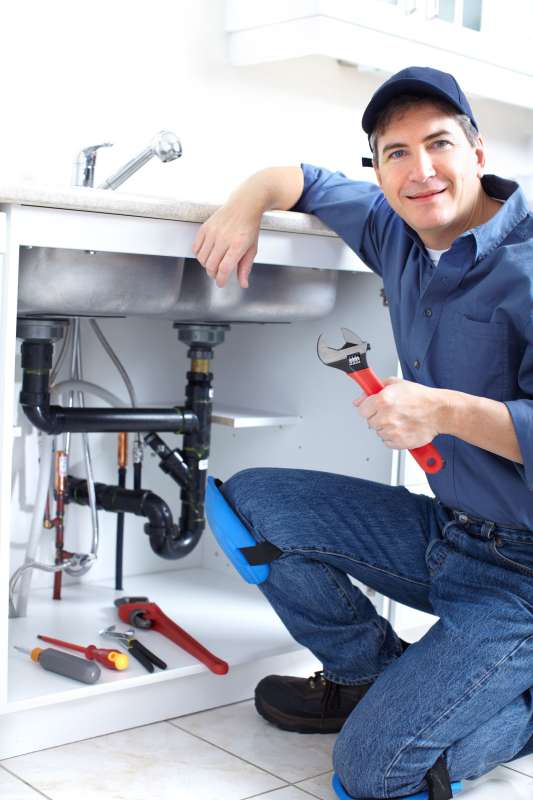
Industrial Pipework
Specialized piping for factories or industrial settings.
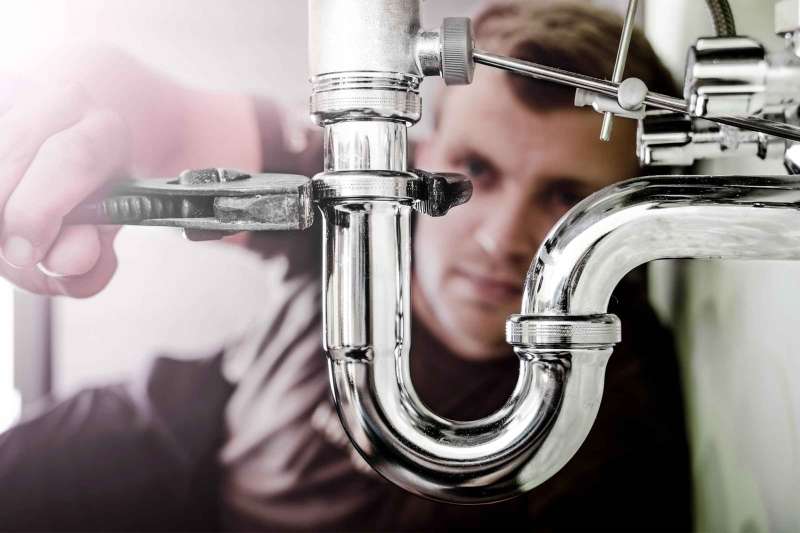
Irrigation Systems
Installing and maintaining outside watering.
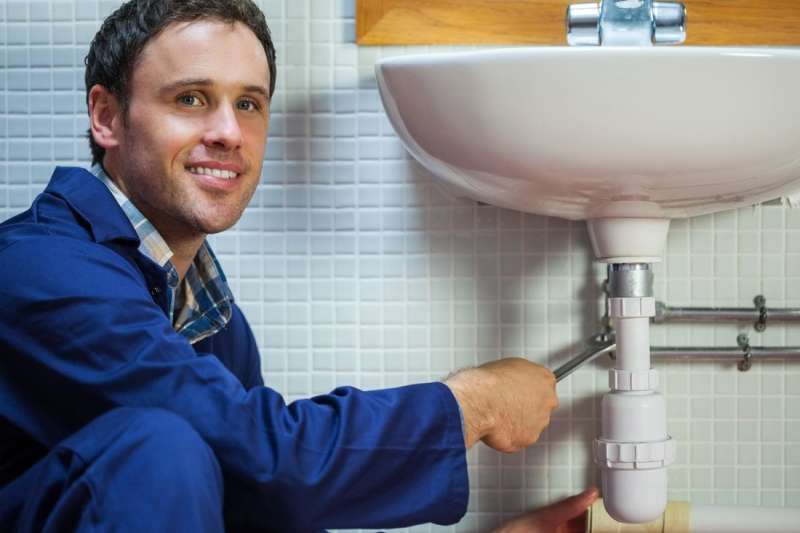
Large-scale Installations
Plumbing systems for brand-new buildings or restorations.
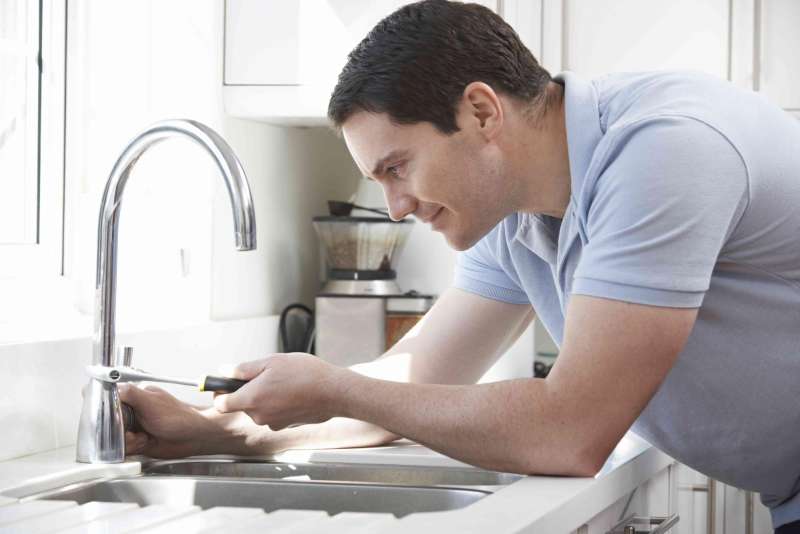
Leak Detection and Repair
Fixing leakages in pipelines, faucets, toilets, and home appliances.
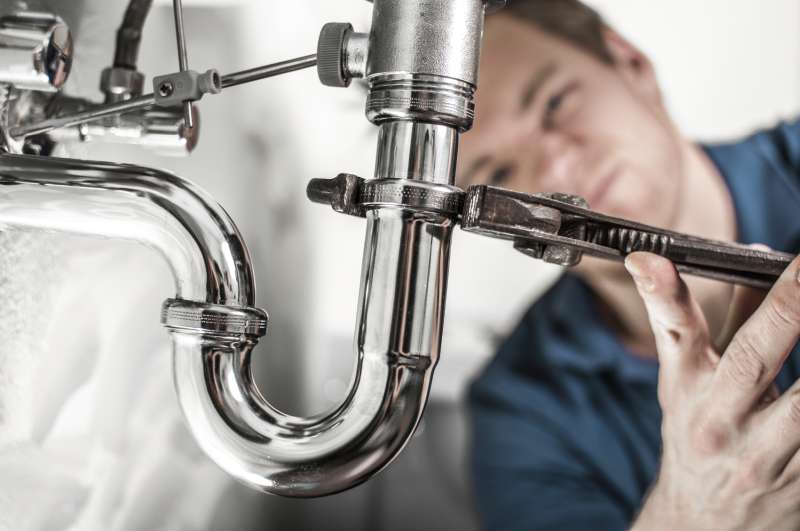
Overflowing Toilets
Quick resolution of serious blockages and overflows.
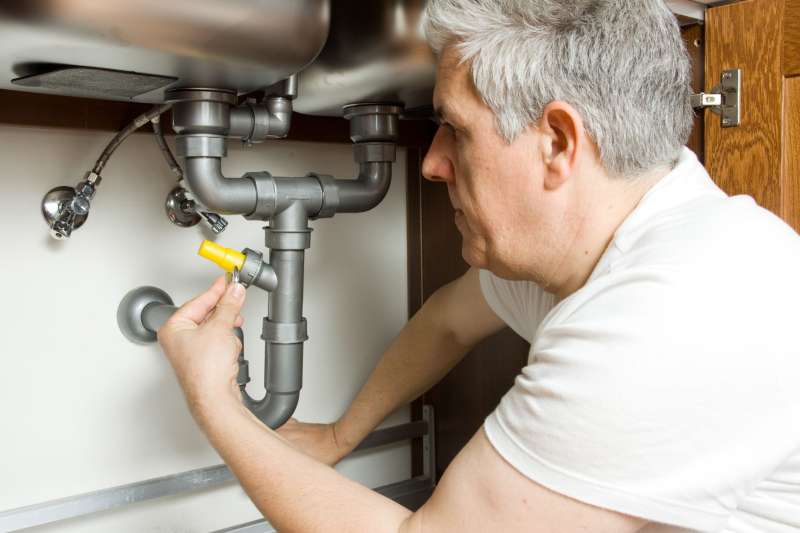
Pipe Inspections
Using cams to examine pipes for damage or clogs.
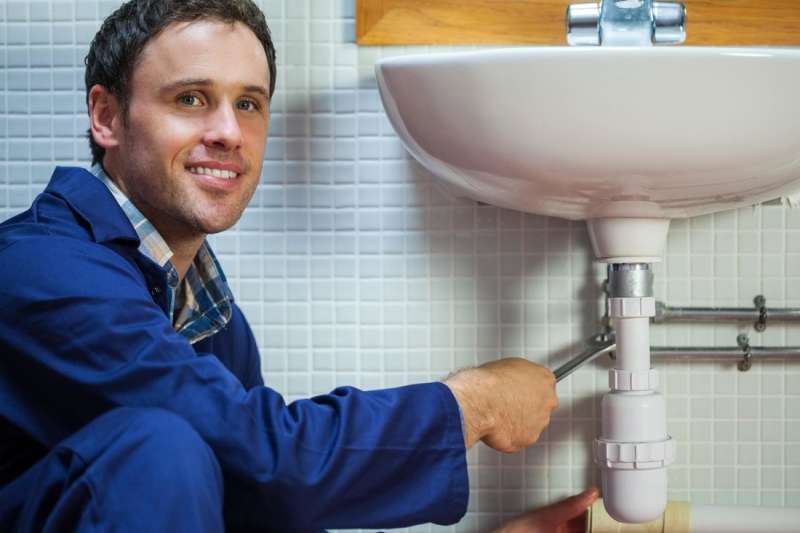
Pipe Repairs
Fixing or replacing burst, worn away, or harmed pipes.
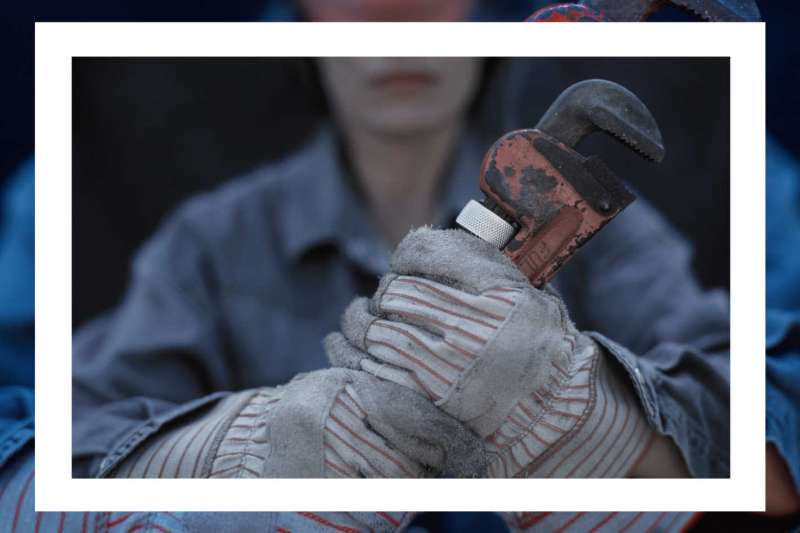
Pipes and Fittings
Installing brand-new piping systems for water, gas, and drain.
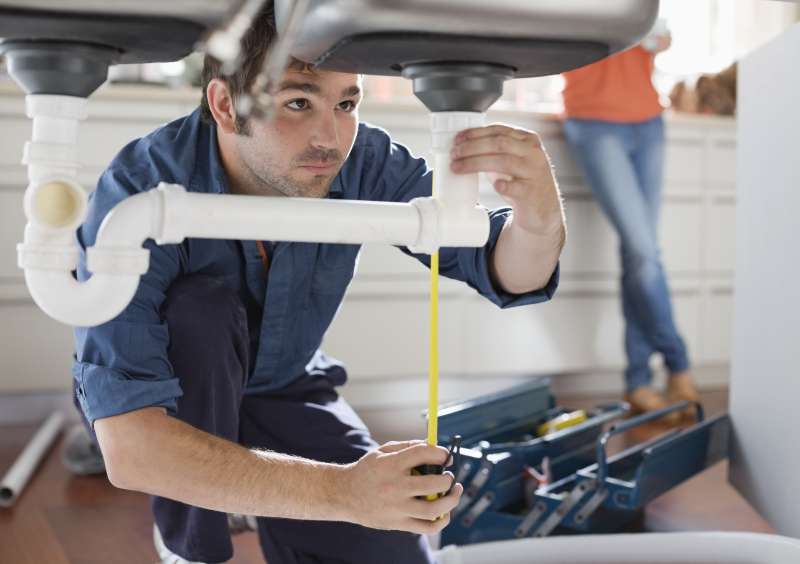
Pre-Purchase Inspections
Evaluating plumbing systems before buying home.
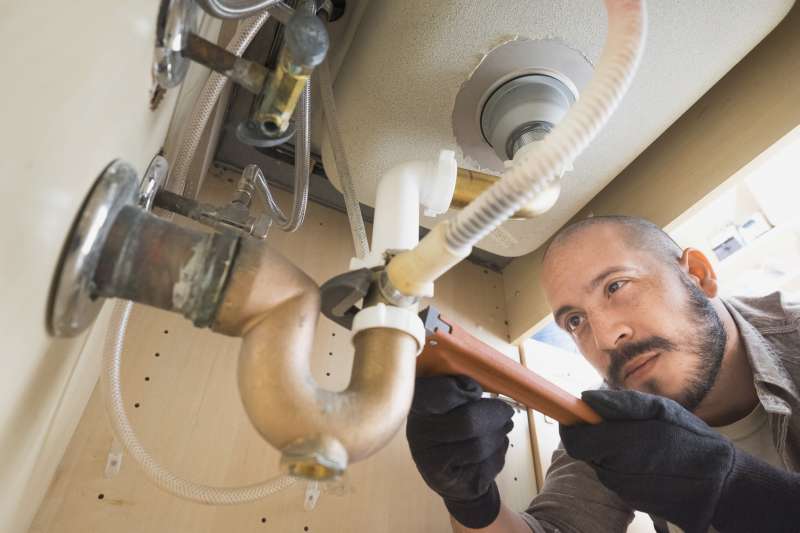
Rainwater Harvesting Systems
Setting up systems to collect and make use of rainwater.
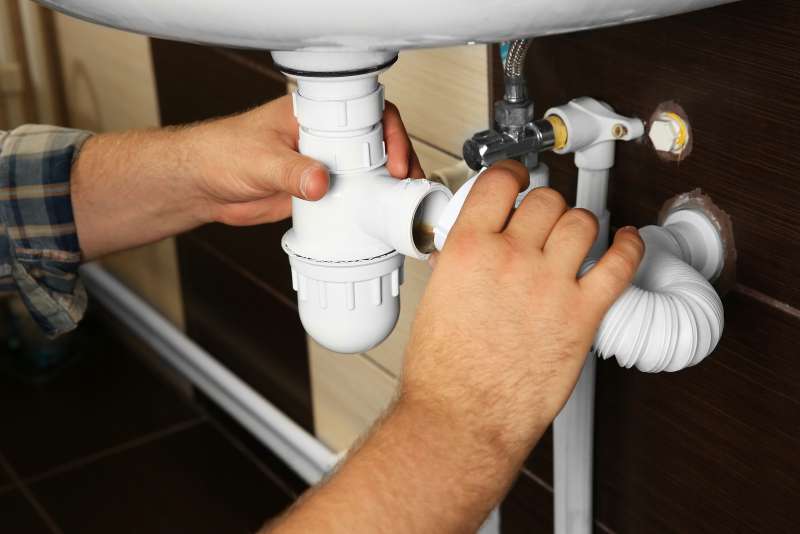
Regular Maintenance Contracts
Continuous upkeep services for services.
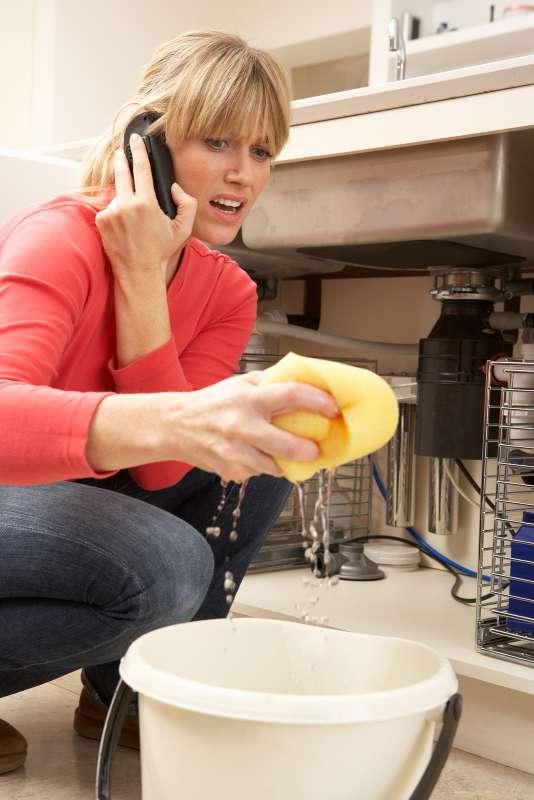
Septic System Services
Putting up, repairing, and preserving septic systems.
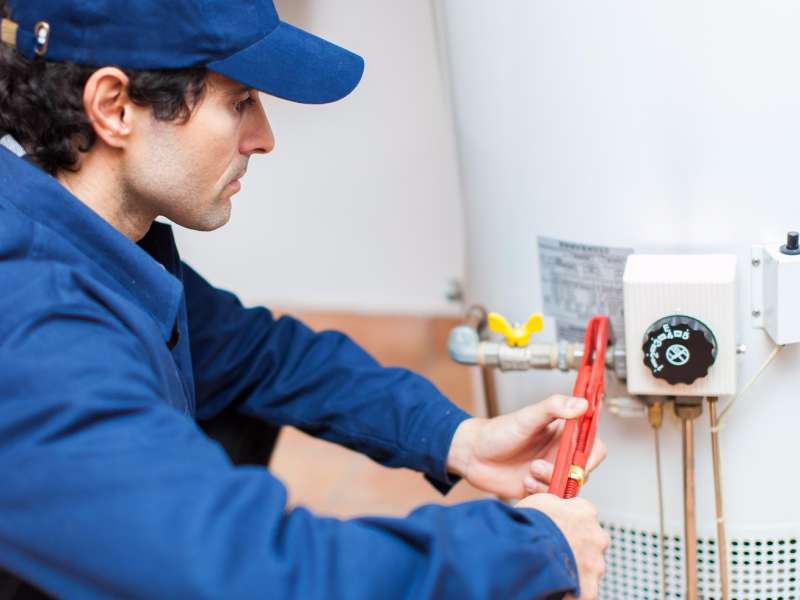
Sump Pump Installation and Repair
Managing groundwater in basements.
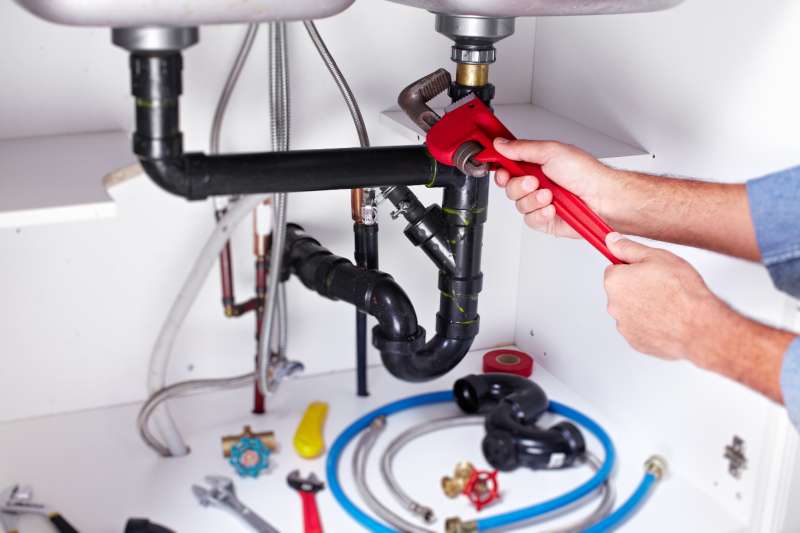
Upgrading Fixtures
Setting up water-efficient or modern-day fixtures.
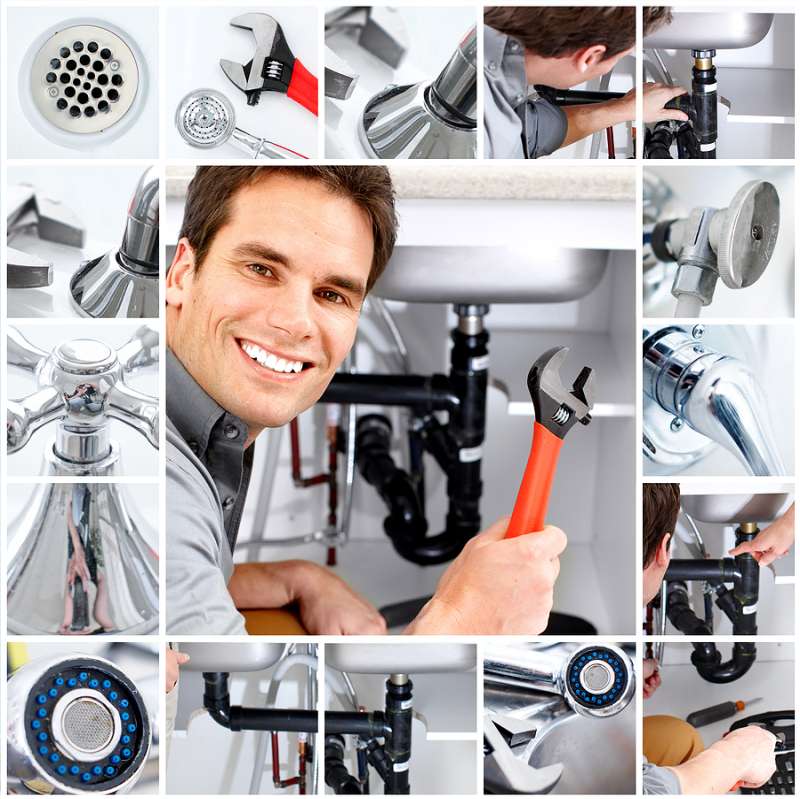
Water Efficiency Consulting
Advising on water-saving techniques and products.
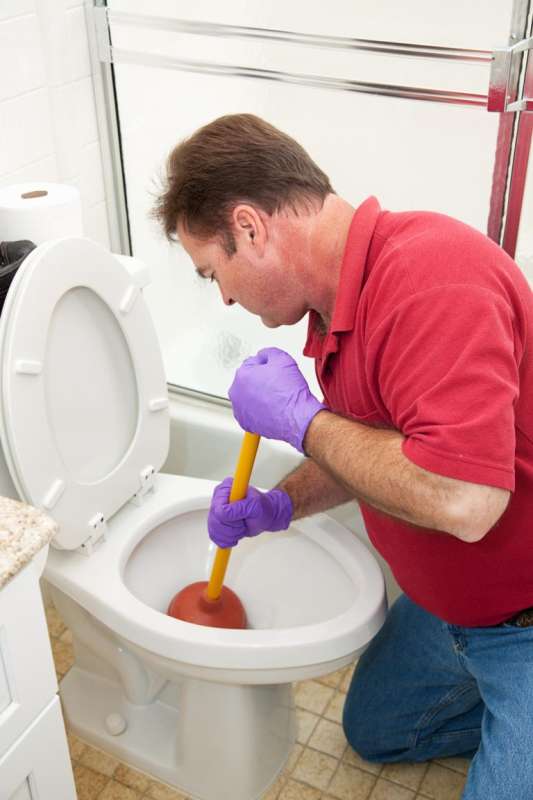
Water Filtration Systems
Installing water conditioners and purification systems.
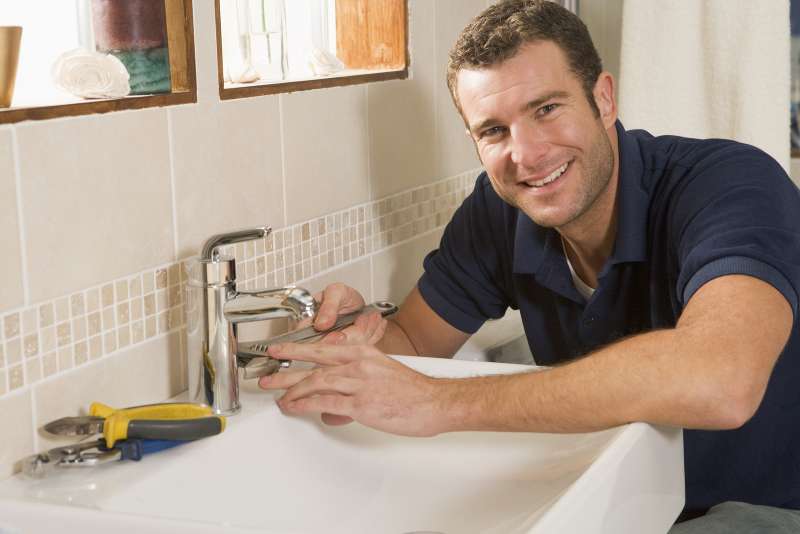
Water Heater Maintenance
Flushing and checking water heaters to lengthen lifespan.

Water Heater Repair
Addressing problems with temperature, leakages, or failure to heat water.
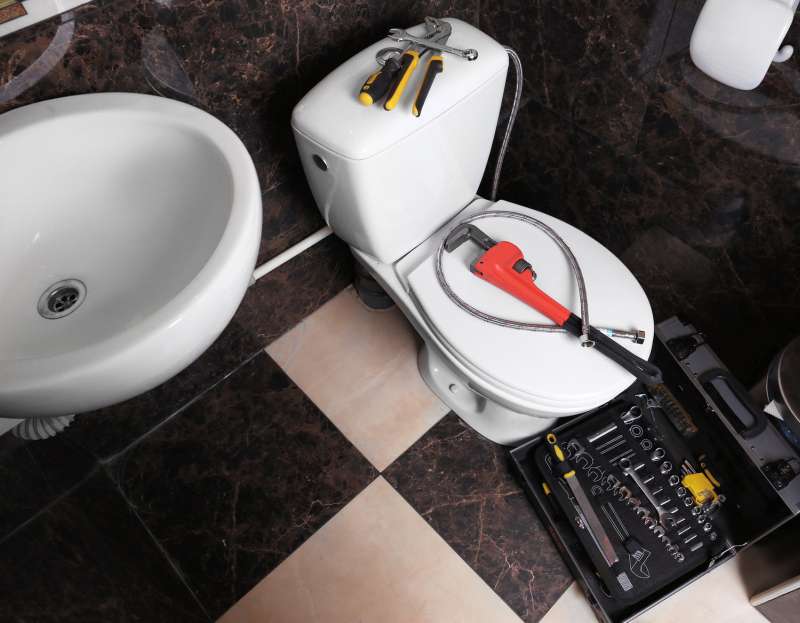
Waterproofing
Protecting basements or other locations from water intrusion.
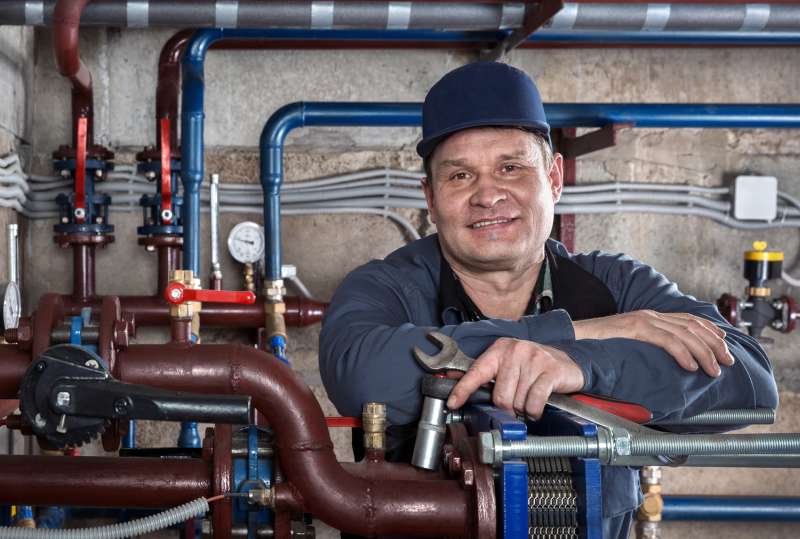
Sewer Backups
Immediate attention to prevent contamination and health risks.

